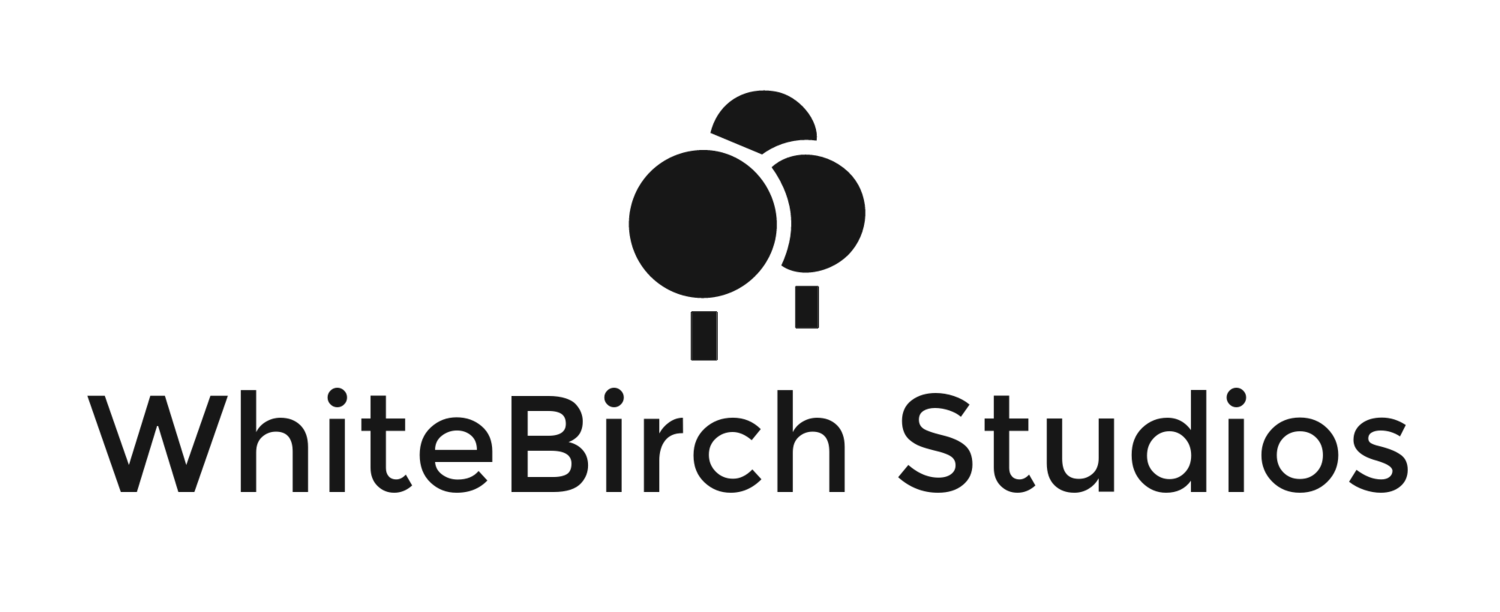Hey there guys and gals of the
If you got yesterday’s email, then you know I was blown away when I discovered that my designer friend was charging more money for 2 days of work than what I got for a full time position.
I was set up to try and create that for myself.
This email is not about telling another story, but rather explaining to you EXACTLY what I did to get my first client to pay me the same.
Pay attention, because these strategies can really make a difference in your freelance business:
The Meeting
There’s a lot of psychology going into meeting a potential client for the first time, much like
Here’s what I did:
I set the meeting on my own terms: I told them I can only meet on a certain day and time for 30 minutes, and mentioned the location where I can meet them. This created the impression that I was so busy and therefore probably very good and expensive.
I asked most of the questions: I did not let the client lead the meeting and interview me. I came prepared with a set of questions and I interviewed them. This is much more professional and creates the impression that I have to PICK THEM, rather than the other way around.
I told them I will get back to them: after I got everything I needed to know about the project, I did not tell them how much it would cost right away (even though they wanted to know), I just said: “let me think about it, and see what I can do for you”. Again: the ball is in my court.
The Proposal
The client was a startup that needed help designing their app.
I realized that if I gave them a proposal for the project they just asked for, I will probably lose 90% of the design work in this project, since all the work is going to happen AFTER the app actually launches.
Here’s what I did:
I created a project
gantt : I broke down the work into weeks so that I could show them how we’re going to meet their deadlines, and what’s going to happen each week. I did this for 12 weeks - the next 3 months.I created a retainer program: I told my client that I will charge them $5,000 a month, and that we can end the relationship at any time if we are not happy together. That means that for the entire project (total of 3 months) they will pay me $15,000.
I showed them what we can do next: I created an additional list of things I thought the startup could benefit from - new branding, a marketing video and a new website, among others. I showed them how we can fit some of them in before the launch, and as for the rest, we’ll continue working
on them should the first three months prove successful.
It took the client about 2 days to think this over (and
While other designer’s just gave them a price tag for the app design, I showed them how we can work together as a team, for the long term and I was invested in helping their company succeed. I showed them more than they’ve asked for and I helped them imagine what a great brand and design will do for their business.
Here are the key takeaways:
Negotiation starts before you even discuss money. If your client desperately wants to work with you because you are a superstar designer, they will be willing to pay. Present yourself as that superstar designer (without being a
douchebag of course.)Don’t give the client a proposal for what they asked for. A lot of times clients are not even sure what problem they are actually trying to solve. Do some thinking and then propose to them the best thing for their business. And guess what - the best thing for their business is in many cases to work with a designer on a regular basis.
Make it easy to say “YES!”. Your proposal needs to address your client’s fears and also to fulfill their dreams. It’s not only about the money - it’s about what that money buys.
I hope you think about this the next time you are about to meet a potential client.
There’s no reason why you won’t be able to make them happy with a proposal like this.
Now go kick some ass!
Ran.
PS
Yesterday I















